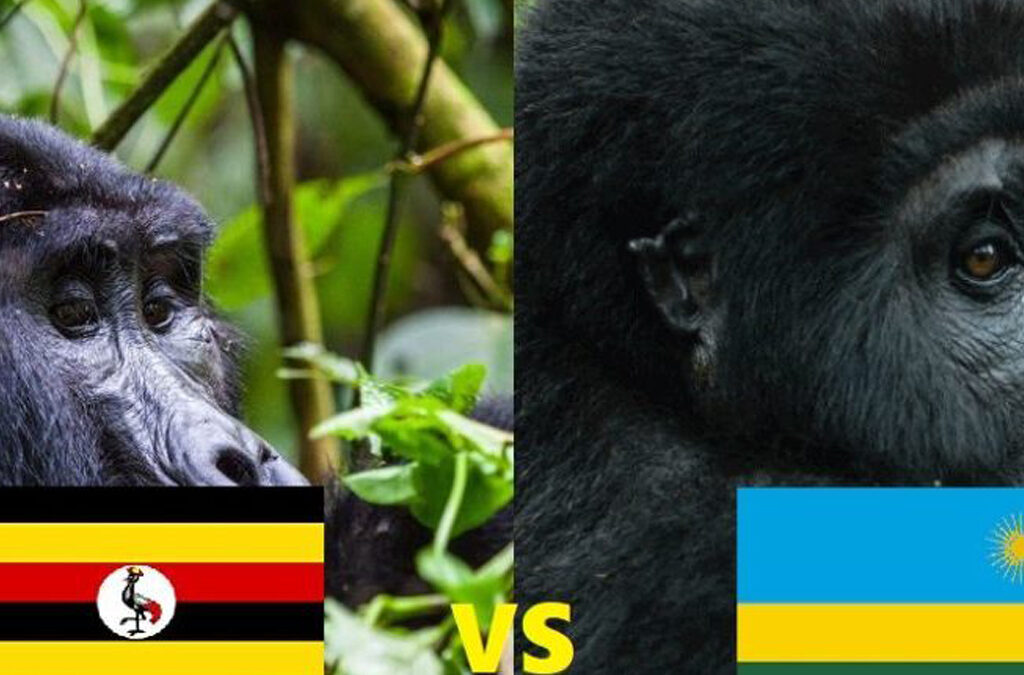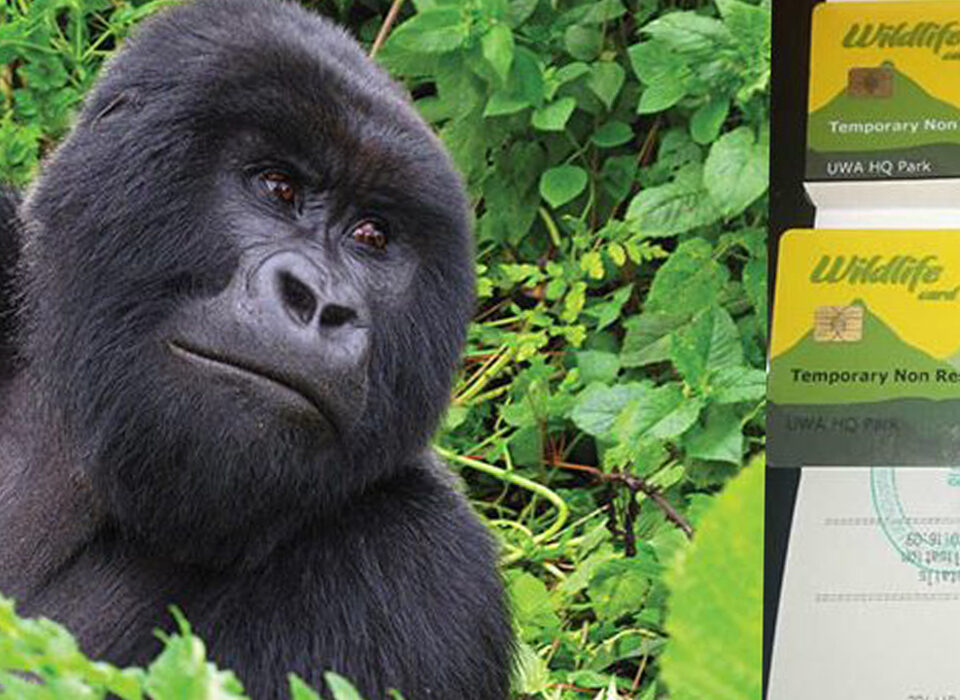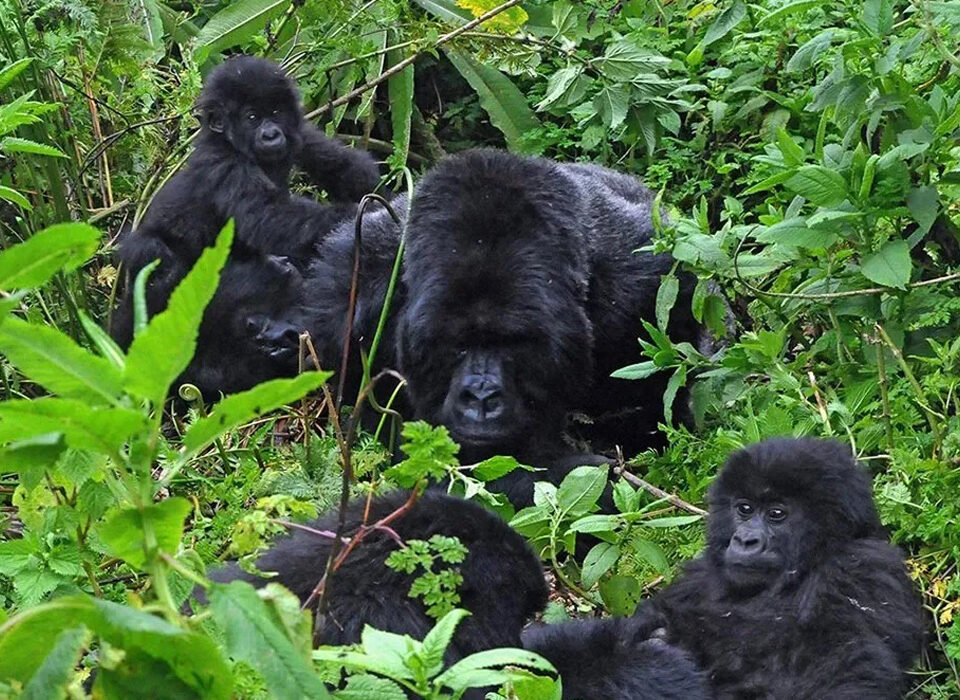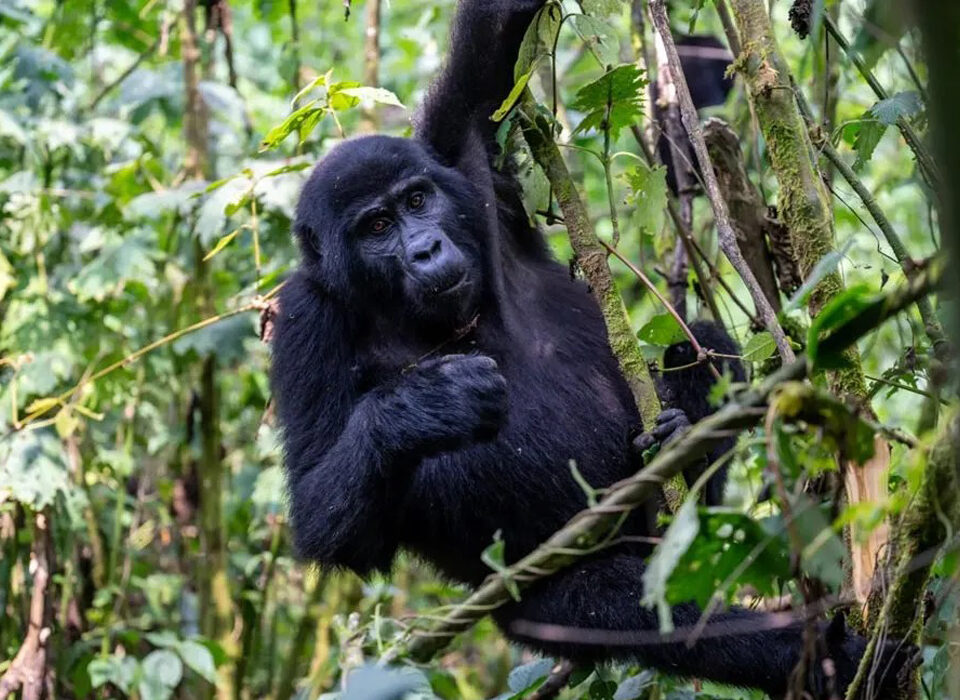- GET IN TOUCH WITH US:
- +256 753518160
- +256 777842166
- info@experiyatourcompany.com

Immerse Yourself in a Local Cooking Class in Uganda or Rwanda
October 10, 2025
Which Airport Should I Fly into for a Gorilla Trekking Safari in Uganda?
October 11, 2025Rwanda vs Uganda Gorilla Trekking Price: Which Destination Offers More Value?

Gorilla trekking is one of Africa’s most captivating adventures, drawing travelers from around the globe to the misty rainforests of East Africa. It offers an extraordinary chance to observe endangered mountain gorillas up close in their natural habitat. As travelers plan their journey, one of the most common questions is: How does the cost of Rwanda Gorilla Trekking compare to Uganda Gorilla Safaris?
The Rwanda vs Uganda Gorilla Trekking Price difference often influences many travelers’ final choice. However, it is equally important to consider accessibility, accommodation options, and the overall safari experience. Understanding what each country offers beyond the permit cost helps travelers make a well-informed decision before embarking on this life-changing adventure.
Rwanda Gorilla Trekking Price and Experience
A Rwanda Gorilla Safari is known for its luxury and seamless organization. The Rwanda gorilla trekking permit currently costs $1,500 per person, positioning the country as a high-end destination for exclusive wildlife encounters. This premium pricing directly supports conservation efforts and enhances Rwanda’s reputation for offering polished safari experiences.
One major advantage of trekking in Rwanda is accessibility. Volcanoes National Park lies just a two-hour drive from Kigali International Airport, making it ideal for travelers with limited time. The short transfer allows visitors to begin their trek soon after arrival, avoiding long road journeys.
Travelers can also indulge in luxury at world-class lodges such as Bisate Lodge, Singita Kwitonda, and Sabyinyo Silverback Lodge, where comfort meets sustainability. These properties feature panoramic volcano views, wellness facilities, and fine dining experiences that complement the thrill of gorilla trekking. Although Rwanda’s prices are higher, the country offers unmatched convenience, refined hospitality, and well-maintained trekking trails.
Uganda Gorilla Trekking Price and Adventure
In contrast, Uganda Gorilla Safaris present a more affordable yet equally thrilling alternative. A gorilla permit in Uganda costs $800 for foreign non-residents, nearly half the price of Rwanda’s. This price advantage makes Uganda a popular choice for travelers who wish to balance cost and experience while still enjoying remarkable encounters with gorillas.
Uganda is home to Bwindi Impenetrable National Park and Mgahinga Gorilla National Park, both renowned for their thriving gorilla populations. Beyond standard treks, Uganda offers the unique Gorilla Habituation Experience, allowing visitors to spend up to four hours observing and learning from researchers as gorillas gradually become accustomed to human presence. This rare opportunity appeals to travelers who crave deeper insight into gorilla behavior and conservation efforts.
Accommodation options in Uganda are diverse, ranging from budget-friendly lodges and mid-range camps to luxurious retreats nestled within the forest. This flexibility makes Uganda suitable for different travel styles and budgets. When packing for a gorilla safari in either Rwanda or Uganda, travelers should include sturdy hiking boots, rain jackets, gloves, and layered clothing to adapt to changing weather conditions.
Comparing Rwanda vs Uganda Gorilla Trekking Price and Value
The Rwanda vs Uganda Gorilla Trekking Price difference is clear, yet both destinations guarantee safe, rewarding, and unforgettable encounters. Rwanda attracts travelers who value luxury, accessibility, and exclusivity, while Uganda appeals to those seeking adventure, affordability, and diverse wildlife experiences.
When comparing total costs, it’s essential to look beyond the permit price. A complete gorilla trekking package includes accommodation, transportation, meals, guide services, and cultural experiences. Rwanda’s luxury lodges tend to elevate total expenses, while Uganda offers more cost-effective safari packages without compromising on quality or experience.
Both countries maintain high standards of safety, professional guides, and well-organized trekking operations. The best time to go for either Rwanda or Uganda Gorilla Trekking is during the dry seasons—from June to September and December to February—when the trails are easier to navigate. However, gorilla trekking is available all year round, making it possible to plan according to personal preference and budget.
Cultural Experiences Around Gorilla Safari Lodges
Beyond the trek itself, cultural encounters add depth and meaning to every gorilla safari. In Rwanda, visitors can enjoy traditional dance performances, village visits, and conservation center tours around Volcanoes National Park. These experiences highlight the close relationship between local communities and wildlife protection efforts.
In Uganda, travelers can engage with the Batwa people, explore craft markets, and participate in storytelling sessions that reveal the rich traditions of forest-dwelling communities. These activities not only support local livelihoods but also allow travelers to gain a deeper appreciation for the region’s cultural heritage. Whether in Rwanda or Uganda, combining gorilla trekking with cultural immersion creates a more holistic and memorable safari.
Final Thoughts on Rwanda vs Uganda Gorilla Trekking Price
The comparison between Rwanda and Uganda Gorilla Trekking Prices reveals two distinct yet equally rewarding paths to meeting the mountain gorillas of East Africa.
- Rwanda offers a luxury-oriented, time-efficient experience at $1,500 per permit—perfect for travelers who prioritize comfort and exclusivity.
- Uganda, on the other hand, provides a budget-friendly and adventurous option at $800 per permit—ideal for explorers seeking in-depth wildlife encounters and extended trekking experiences.
Both countries ensure unforgettable gorilla encounters led by expert guides, backed by strong conservation ethics. Whether planning a Rwanda Gorilla Trekking adventure from Europe or America, or exploring the lush jungles of Uganda, travelers can expect a life-changing journey filled with wonder, connection, and purpose.
Gorilla trekking remains the crown jewel of African safaris, and both Rwanda and Uganda stand proudly as world-class destinations where conservation and adventure unite in the heart of Africa.



